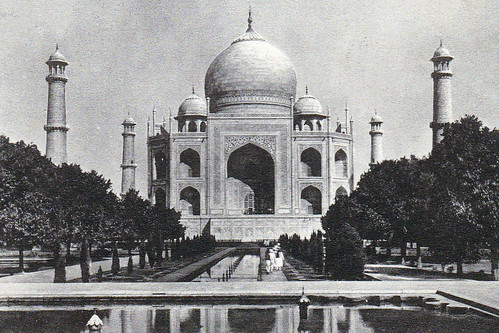You know those old postcards you stumble upon, tucked away in a dusty box, each one a tiny window into a forgotten past? I've got a small collection, and lately, I've been sifting through them, deciding which ones are ready for a new home. One that caught my eye recently is a beauty depicting The Yadkin Hotel in Salisbury, North Carolina, likely from the 1930s. And let me tell you, this isn't just any old hotel postcard; it tells a fascinating story of rise, fall, and an unexpected rebirth.
From Grandeur to Ghost
The Yadkin Hotel first opened its doors in 1912, a grand establishment that even expanded in 1922. Imagine the bustling lobby, the clinking of glasses, the whispers of travellers, and the laughter of families enjoying a stay. For decades, it was a cornerstone of the community.
But like many grand old dames, time wasn't kind. The hotel suffered years of decline before finally closing its doors in 1973. What followed was heart breaking. The once-proud building was left to decay, a victim of neglect, a devastating fire, extensive water damage, and relentless vandalism. It was stripped bare, a hollow shell of its former glory.
A New Chapter for the Yadkin
Just when it seemed the Yadkin Hotel was destined for oblivion, a new chapter began. In 1980, under the careful eye of architects Tenant & Tenant, the building underwent a remarkable renovation. It was given a complete new lease on life, transforming from a gutted hotel into a vibrant apartment building.
Today, it's known as the Yadkin House Apartments, providing much-needed housing for senior citizens and disabled adults. It's incredible to think that a place once filled with the transient lives of hotel guests now offers a permanent, comfortable home to those who need it most.
Holding that old postcard, with its faded image of the hotel in its heyday, makes you wonder about all the lives that passed through its doors. It's a powerful reminder that even in decay, there's always potential for renewal. This little piece of history is one I'm finally ready to part with, but its story will definitely stay with me.
Clicking the image below should open a link in another window to my Colin Green Photography store on Zazzle.
Please take a moment to share this post, follow me on social media, and explore my work on Photo4Me and Clickasnap using the links below. Your support means a lot!

























































